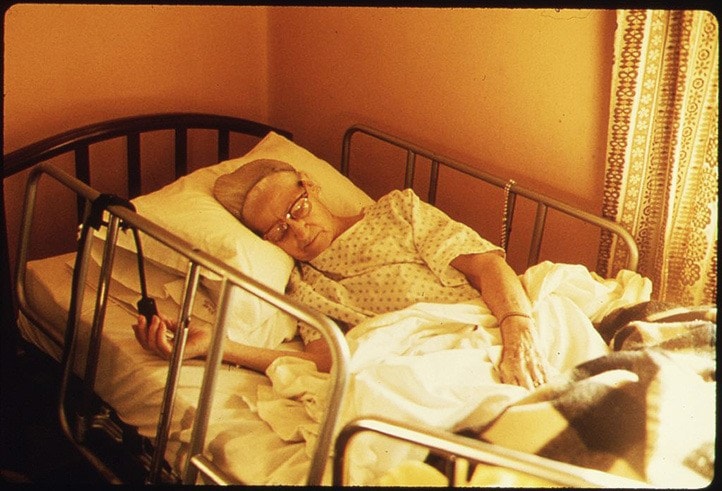Seniors Advocate Isobel Mackenzie has released a progress report that follows up on her April 2015 report Placement, Drugs, and Therapy … We Can Do Better. The report focused on key quality indicators from the health assessment data of more than 27,000 seniors living in licensed residential care facilities throughout the province.
The report looked at three specific areas where B.C. could be doing a better job: ensuring that residential care placement is appropriate; improving the levels of therapies provided; and decreasing the use of antipsychotic and antidepressant medications. The progress report indicates that while some improvements have been made, there are other areas that need more work.
Speaking with The Journal, Mackenzie says that the initial report found that 15 per cent of those in residential care did not need to be there. “The 9.6 per cent decline in potentially inappropriate admission to residential care shows we’re moving in the right direction, but we are still higher than Alberta and Ontario.
“The good news about the decrease is that it encourages folks out there to keep doing what they’re doing.” She notes that decisions about admission to residential care are made by Health Authority frontline staff, who make the assessments.
“We need to look at what we can do to support families: respite beds, home support, adult day placements to give caregivers a rest. Residential care is a very specialized environment designed for people with complex care needs, and also a very costly care option for government, so we want to make sure seniors are not going to residential care before they absolutely need to. That means fully exploring all care option, such as home support and assisted living.”
When it comes to various therapies, the progress report indicated there was an increase in the number of clients receiving physiotherapy and recreational therapy; no change in the number receiving speech therapy; and a decrease in the number receiving occupational therapy.
Mackenzie describes occupational therapy as being about the equipment a person needs to use.
“Is their walker or bed at the right height; are they sitting correctly in their wheelchair; do they need a higher toilet?
The increase in physiotherapy, and the decrease in occupational therapy, could be explained by a physical therapist doing something that an occupational therapist might do.”
The over-prescribing of antipsychotic and antidepressant drugs was also looked at, and the progress report notes that the prescription of potentially inappropriate antipsychotic drugs decreased by 14.2 per cent.
“Lots of factors go to this overprescribing,” says Mackenzie.
“One example of a factor that really reduced the prescribing was that it was focused on. People asked ‘Why are we prescribing this?’ and looked at alternatives.
“The solution [antipsychotics] can be worse than the problem it’s trying to solve. Sometimes the answer is a higher tolerance for a wider diversity of symptoms, or different therapies to de-escalate agitation.”
The progress report notes that there was no change in the overall prescription of antidepressants, but Mackenzie adds that the number of seniors in residential care diagnosed with depression also declined.
“While we are heading in the right direction, it is important to note that there is significant work ahead,” says Mackenzie. “We can still do more; but it is important to acknowledge progress and to offer encouragement to those working in our care facilities. Together, we will continue to improve the quality of care for our most vulnerable seniors.”
To view the April 2015 report and the November 2016 progress report, go to http://bit.ly/2fDjJ4k.
